College letter recommendation template
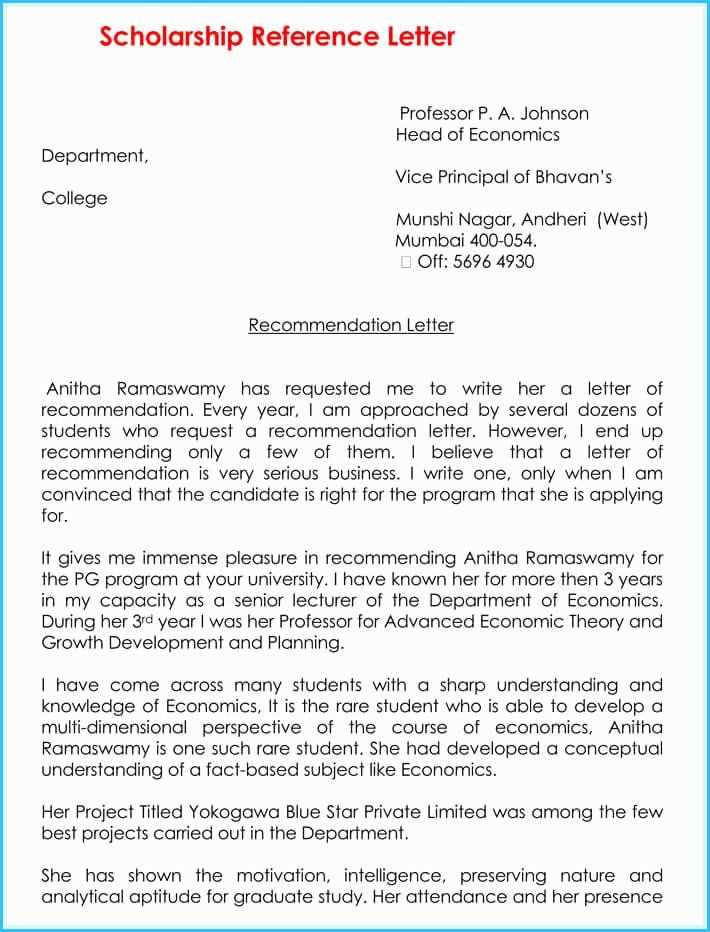
Creating a strong college letter of recommendation starts with clear and honest descriptions of the student’s strengths. Focus on the student’s accomplishments, personal qualities, and unique skills that make them stand out from their peers. Make sure the letter reflects genuine insights, using specific examples that highlight their potential for success in college.
Begin by mentioning the context in which you know the student, including the duration of your relationship and the role you’ve observed them in. This provides important background that helps the reader understand the perspective you’re writing from. Be sure to describe the student’s work ethic, passion, and contributions in any relevant academic, extracurricular, or community settings. These aspects can demonstrate the student’s character and determination beyond grades alone.
When writing the body of the recommendation, use concrete examples to support your claims. Whether it’s a specific project, achievement, or instance where the student showcased leadership or creativity, this information is valuable to paint a full picture of their potential. Keep the tone confident but grounded in realism–don’t overstate their abilities, but don’t hold back from recognizing their hard work and dedication.
Lastly, conclude with a strong statement reaffirming your belief in the student’s future success. By making a clear recommendation based on your first-hand experiences, you ensure the letter will resonate with admissions teams looking for candidates who not only meet academic standards but will thrive in the challenges of college life.
College Letter Recommendation Template
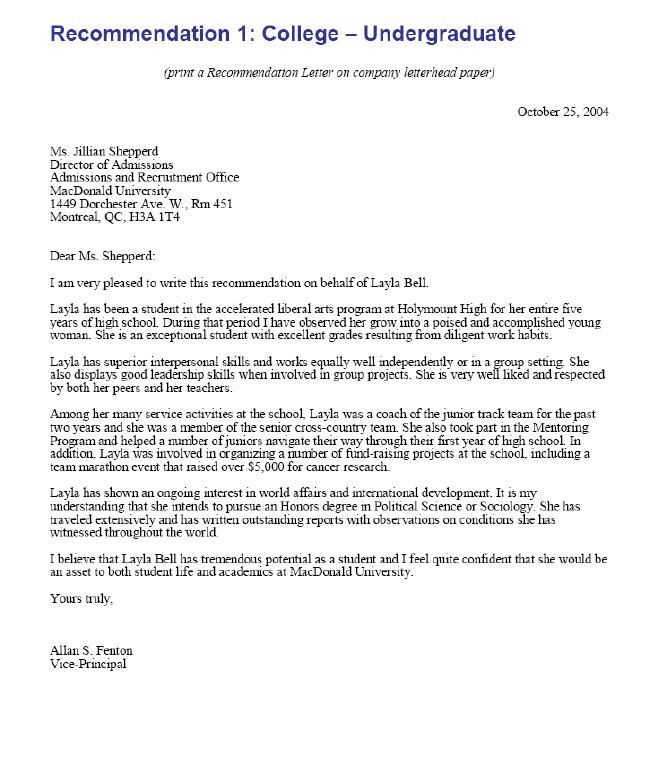
A great college recommendation letter directly addresses the student’s strengths and academic achievements. Focus on concrete examples of the student’s work, character, and potential to thrive in a college setting. The letter should be specific, offering insights that can’t be found elsewhere in the application.
Begin with a brief introduction that includes your relationship with the student, such as how long you’ve known them and in what capacity. This establishes your credibility. For example, “I’ve had the pleasure of teaching John in both sophomore and junior year English classes. During that time, I’ve witnessed his growth into a thoughtful, disciplined, and motivated student.”
Follow this with specific examples of the student’s academic performance. Highlight any relevant projects, essays, or tests that demonstrate their knowledge, work ethic, and intellectual curiosity. For instance: “John consistently delivered insightful essays, demonstrating a deep understanding of the material and a unique ability to connect various themes across the texts.”
It’s crucial to also mention the student’s personal qualities. Consider their leadership, teamwork, or problem-solving skills. A phrase like: “John’s role as a team leader during group projects exemplified his ability to inspire others while managing tasks effectively,” gives colleges an understanding of the student’s social and collaborative abilities.
If the student has any particular achievements outside the classroom, such as in sports, volunteer work, or extracurricular activities, be sure to include them. For example: “In addition to his academic strengths, John has been an active member of our school’s debate team, where his analytical skills have contributed significantly to the team’s success.”
Conclude by reiterating your confidence in the student’s ability to succeed in college. Keep the tone positive, but avoid overly broad or vague statements. Instead, focus on a compelling closing like: “I am confident that John will bring the same dedication and passion to his college studies that he has shown in his time at our school. I wholeheartedly recommend him without reservation.”
How to Start a College Recommendation Letter

Begin with a clear introduction that explains your relationship with the student. Highlight the duration of your connection and the context in which you’ve interacted. Be specific about your role, whether as a teacher, mentor, or supervisor, and mention how you’ve observed the student’s growth and abilities over time.
First Sentences
Start with a strong opening that directly states who you are recommending and your connection. This establishes credibility right from the beginning. For example, instead of a vague statement, say, “I have had the privilege of teaching Jane for two years in my Advanced Biology class,” or “As her supervisor during an internship at XYZ Corporation, I worked closely with Emma on several projects.”
Be Specific About the Student’s Strengths
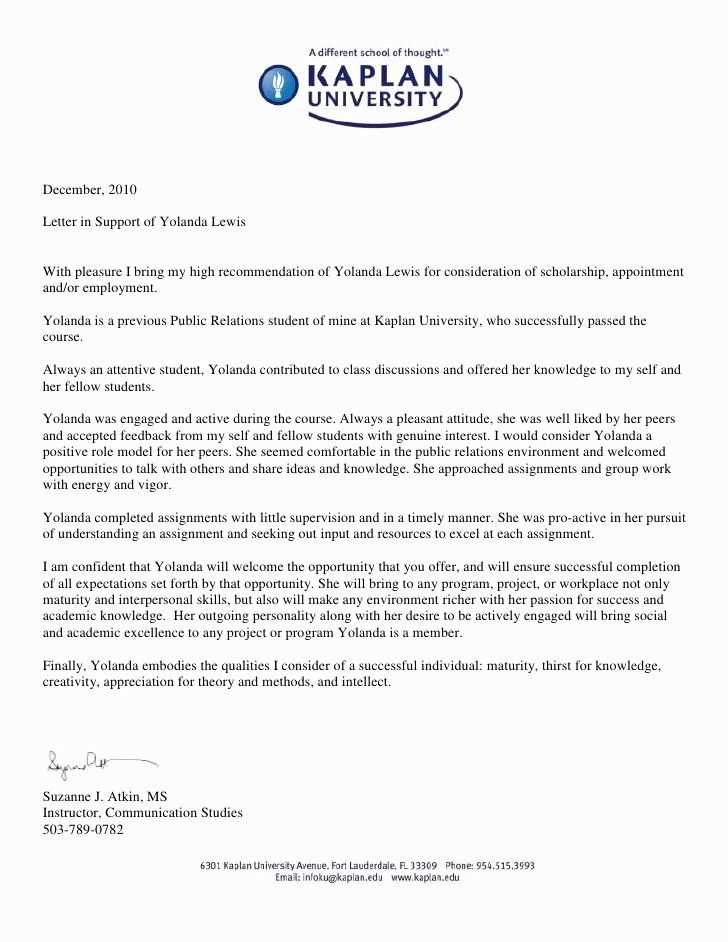
Introduce the qualities that make the student stand out. Avoid generic descriptions. Mention the student’s skills, achievements, or work ethic that impressed you. For instance, you might say, “John consistently demonstrated exceptional problem-solving skills, particularly during group projects, where he led his team to success on complex assignments.” This approach gives more context to your endorsement.
| Key Details to Include | Example |
|---|---|
| Relationship with student | “I have known Alex for three years as his English teacher and advisor for the debate club.” |
| Context of interaction | “I worked with Lucy daily in my Advanced Chemistry class, where she excelled in lab work and theoretical exams.” |
| Student’s unique strengths | “Sarah’s attention to detail and dedication to her volunteer work set her apart from her peers.” |
By crafting an introduction that clearly outlines your relationship and includes specific observations, you set a solid foundation for the rest of your letter.
Describing the Student’s Academic Strengths and Achievements
Jane has consistently demonstrated a high level of academic performance, excelling in both coursework and extracurricular academic activities. She stands out for her strong analytical skills, which are reflected in her ability to tackle complex problems and think critically in every subject. Her performance in advanced mathematics and science courses has earned her top marks, with her recent project on renewable energy systems receiving recognition at the regional science fair.
In addition to her technical skills, Jane excels in written and verbal communication. Her essays are always well-structured and thoroughly researched, often offering insights that go beyond the scope of the assignment. Her ability to articulate her thoughts clearly and persuasively has made her a valuable participant in class discussions and debates, where she consistently offers unique perspectives.
Jane’s commitment to academic excellence extends beyond the classroom. She regularly seeks out additional challenges, participating in national academic competitions where she has won awards in both debate and mathematics. Her passion for learning is evident in her self-directed research on environmental sustainability, a topic she is deeply invested in and which aligns with her future academic and career goals.
Her academic achievements are not confined to individual accomplishments; Jane actively collaborates with her peers. As a team leader in group projects, she excels at delegating tasks, ensuring the group works efficiently, and integrating diverse ideas into a coherent final presentation. Her leadership and teamwork skills have consistently led to high-quality project outcomes.
How to Highlight Personal Qualities and Character Traits
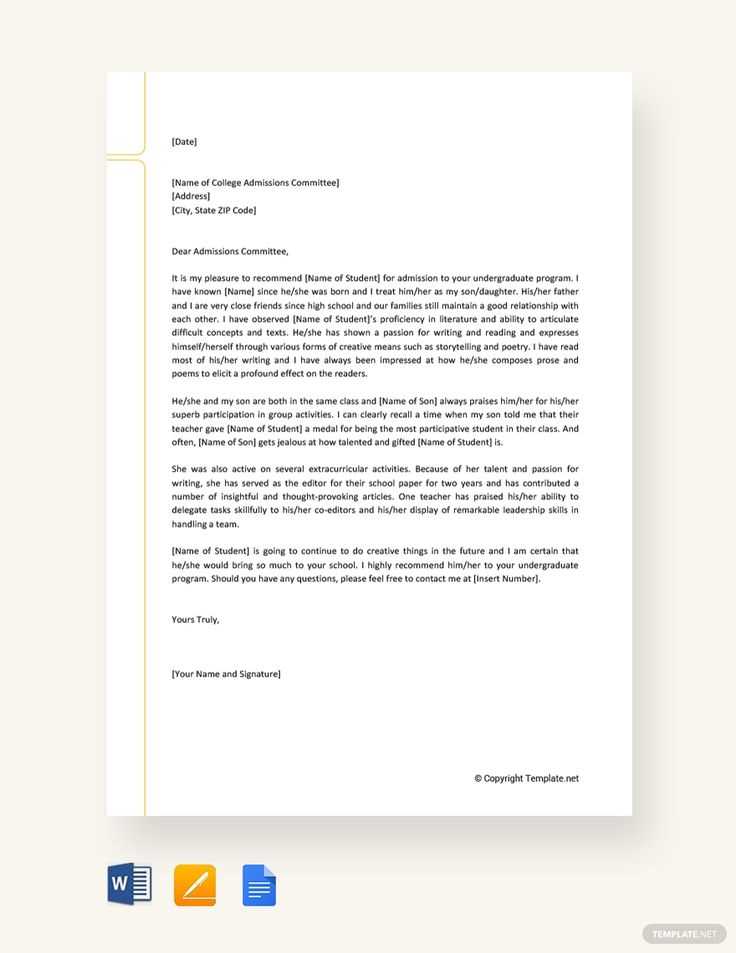
Focus on specific examples that showcase the student’s personal traits. Describe moments when their character was evident, such as stepping up in group situations or handling challenges effectively. Highlight their ability to work independently, show initiative, or demonstrate empathy and integrity in everyday actions.
Use concrete evidence, like their involvement in community service, leadership roles, or how they’ve helped peers. This helps to paint a clearer picture of their personality and work ethic. For example, instead of saying the student is “responsible,” explain how they managed a challenging project or consistently met deadlines with little guidance.
Share anecdotes that reflect their perseverance and adaptability. Students who can handle difficult situations with a calm demeanor and a positive attitude stand out. Whether it’s overcoming personal challenges or adapting to new environments, showing these traits proves their resilience.
Highlight how the student interacts with others, whether they demonstrate collaboration, respect for diversity, or strong communication skills. Effective teamwork and interpersonal skills are key qualities that colleges value. These can be demonstrated through group projects, student clubs, or volunteer work where they worked closely with a range of people.
Finally, balance the personal qualities with the student’s academic achievements. While it’s crucial to showcase who they are as individuals, integrating how their character supports their success in school helps create a well-rounded recommendation.
Including Specific Examples to Support Your Claims
To strengthen your recommendation letter, provide specific examples that illustrate the student’s strengths. Avoid vague statements like “always works hard.” Instead, show how their actions align with their skills or character traits. For example, if the student is known for leadership, describe a situation where they successfully led a group project, emphasizing their ability to delegate tasks and keep the team motivated.
When discussing academic achievements, use real data to highlight their success. Rather than just saying “excels in science,” mention how they achieved the highest grade on a challenging exam or contributed to a significant research project. This concrete evidence makes your letter more persuasive.
- Leadership: “Led the debate team to a regional championship, organizing meetings and ensuring each member was well-prepared.”
- Problem-solving: “Developed an innovative solution to streamline the school’s event planning process, reducing planning time by 30%.”
- Academic excellence: “Achieved top marks in calculus and physics, ranking in the top 5% of the class.”
Incorporating specific examples not only makes your letter more compelling, but it also paints a clearer picture of the student’s abilities, helping the admissions committee see their potential in real-world contexts.
Finalizing and Formatting the Recommendation Letter
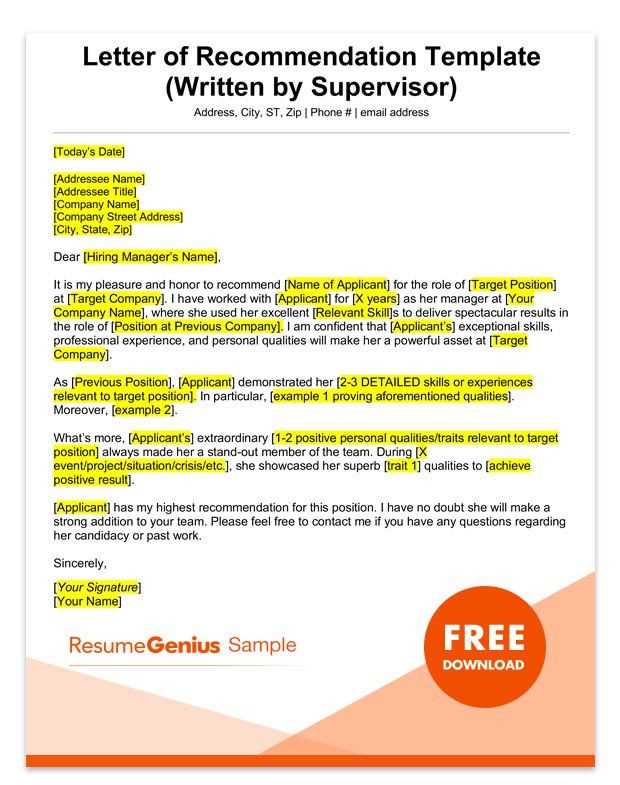
Review the letter for clarity and coherence before finalizing it. Ensure that the structure flows logically, with a strong introduction, clear body paragraphs, and a solid conclusion. Avoid excessive repetition, keeping the focus on specific qualities that highlight the applicant’s strengths. Each section should clearly demonstrate why the candidate is a good fit for the program they are applying to.
Ensure correct grammar and punctuation throughout. Typos can undermine the professionalism of the letter, so it’s important to proofread multiple times. Read the letter aloud to catch any awkward phrasing or missing words. Ask a colleague or trusted individual to review the content, as a fresh set of eyes may spot errors you missed.
Formatting plays a key role in the letter’s presentation. Use a standard font like Times New Roman or Arial, with a size of 12-point. Ensure that the margins are set to 1-inch on all sides. Keep the letter to one page unless additional pages are absolutely necessary. Proper spacing between paragraphs enhances readability, so avoid large blocks of text. Start each new paragraph with a clear indentation or add space between them.
Once you’re satisfied with the content, save the letter in a PDF format to maintain formatting consistency. Avoid sending the letter in an editable format, as it can be altered. Finally, include your contact information at the end, in case the recipient wants to follow up with you for further clarification.